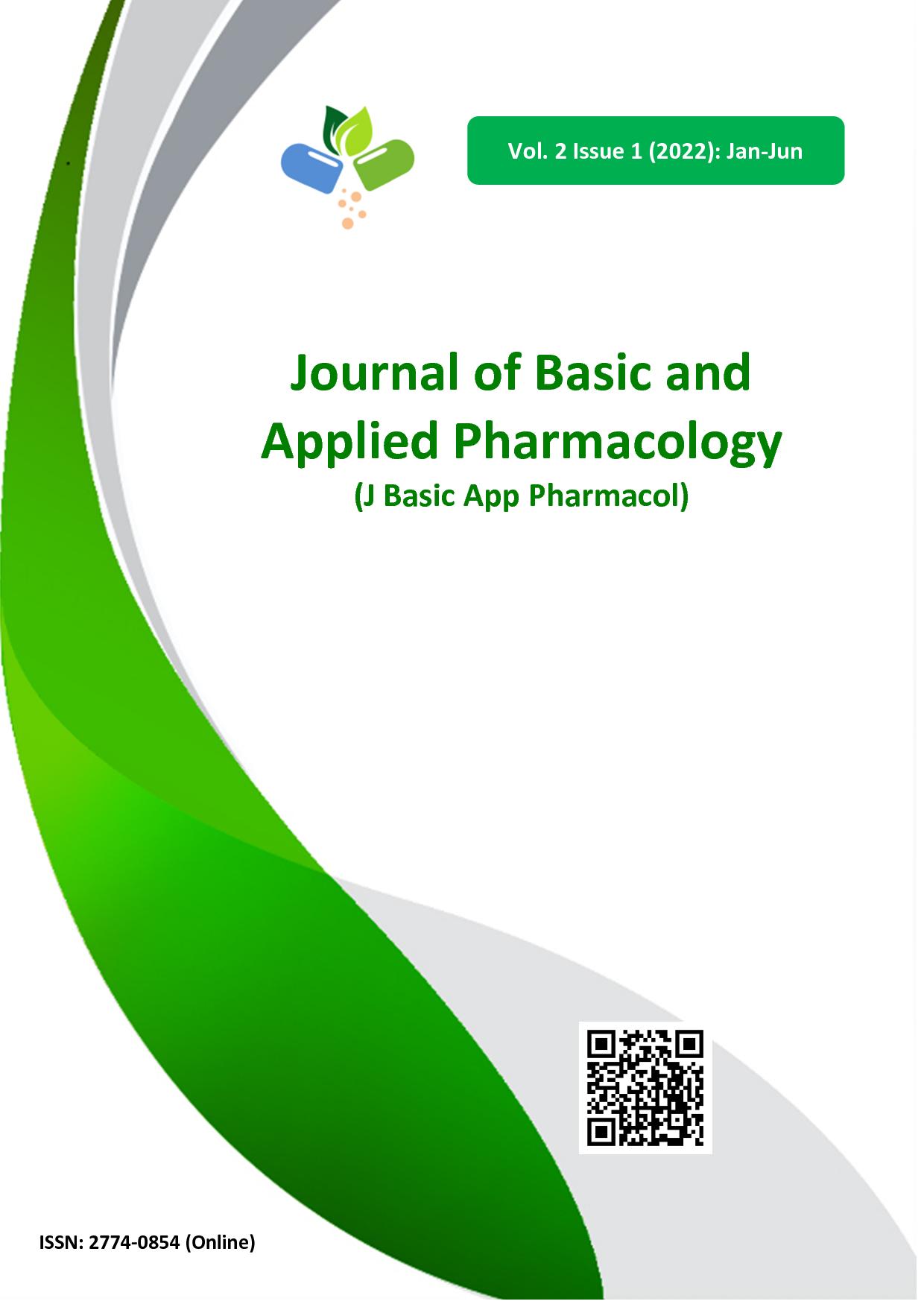Establishment of Cholangiocarcinoma Organoids from Long-Term Frozen Tissues
Main Article Content
Abstract
Patient-derived tumor organoids (PDOs) are cultures of tumor cells that can be derived from individual patients, which recapitulate morphological and genetic features of the original tumor, making PDOs a very valuable tool for drug testing, biomarker and mechanism of disease research. However, the ability to make organoids consistent and in large numbers poses a technical challenges to overcome. Currently, cholangiocarcinoma (CCA) PDO is a scarce resource, because of the low number of fresh tissue available to research institutes, impeding the research to find a cure for this disease. Our work described establishments of CCA-PDOs from long-term frozen CCA tissues, and characterizations of the CCA-PDOs. We also performed drug testing on the CCA-PDOs using several drugs indicated in the standard regimens for CCA treatment. We were successful at establishing CCA-PDOs from 3-month-old, and 3-year-old frozen tissues, and found that these CCA-PDOs reserve the expression of pertinent proteins histologically specific to CCA. The CCA-PDO generated from the long-term frozen tissues also displayed qualities such as, organoid shape, protein expression, and drug response profiles indistinguishable from that of the CCA-PDO prepared from non-frozen fresh tissue. They can also be expanded and stored. Therefore, we conclude that the long-term preserved CCA tissue is capable to revive and preserve the characteristics of the original tissue, and suitable for precision oncology research. This procedure would allow the gathering of specimens from remote locations and enables establishment of reliable larger CCA-PDO collections.
Article Details

This work is licensed under a Creative Commons Attribution-NonCommercial-NoDerivatives 4.0 International License.
Upon acceptance of an article, the Pharmacological and Therapeutic Society of Thailand will have exclusive right to publish and distribute the article in all forms and media and grant rights to others. Authors have rights to use and share their own published articles.
References
Banales JM, Marin JJG, Lamarca A, Rodrigues PM, Khan SA, Roberts LR, et al. Cholangiocarcinoma 2020: the next horizon in mechanisms and management. Nat Rev Gastroenterol Hepatol. 2020;17(9):557-588.
Massironi S, Pilla L, Elvevi A, Longarini R, Rossi RE, Bidoli P, et al. New and emerging systemic therapeutic options for advanced cholangiocarcinoma. Cells. 2020;9(3).
Luvira V, Nilprapha K, Bhudhisawasdi V, Pugkhem A, Chamadol N, Kamsa-ard S. Cholangiocarcinoma patient outcome in northeastern thailand: single-center prospective study. Asian Pac J Cancer Prev. 2016;17(1):401-406.
Bridgewater J, Galle PR, Khan SA, Llovet JM, Park JW, Patel T, et al. Guidelines for the diagnosis and management of intrahepatic cholangiocarcinoma. J Hepatol. 2014;60(6):1268-1289.
Ishii T, Ito T, Sumiyoshi S, Ogiso S, Fukumitsu K, Seo S, et al. Clinicopathological features and recurrence patterns of combined hepatocellular-cholangiocarcinoma. World J Surg Oncol. 2020;18(1):319.
Liu C, Qin T, Huang Y, Li Y, Chen G, Sun C. Drug screening model meets cancer organoid technology. Transl Oncol. 2020; 13(11):100840.
Liu L, Yu L, Li Z, Li W, Huang W. Patient-derived organoid (PDO) platforms to facilitate clinical decision making. J Transl Med. 2021;19(1):40.
Bui BN, Boretto M, Kobayashi H, van Hoesel M, Steba GS, van Hoogenhuijze N, et al. Organoids can be established reliably from cryopreserved biopsy catheter-derived endometrial tissue of infertile women. Reprod Biomed Online. 2020;41(3): 465-473.
Tsai YH, Czerwinski M, Wu A, Dame MK, Attili D, Hill E, et al. A method for cryogenic preservation of human biopsy specimens and subsequent organoid culture. Cell Mol Gastroenterol Hepatol. 2018;6(2): 218-222 e7.
Walsh AJ, Cook RS, Sanders ME, Arteaga CL, Skala MC. Drug response in organoids generated from frozen primary tumor tissues. Sci Rep. 2016;6:18889.
Nuciforo S, Fofana I, Matter MS, Blumer T, Calabrese D, Boldanova T, et al. Organoid models of human liver cancers derived from tumor needle biopsies. Cell Rep. 2018;24(5): 1363-1376.
Lau SK, Prakash S, Geller SA, Alsabeh R. Comparative immunohistochemical profile of hepatocellular carcinoma, cholangiocarcinoma, and metastatic adenocarcinoma. Hum Pathol. 2002;33(12): 1175-1181.
Vaeteewoottacharn K, Pairojkul C, Kariya R, Muisuk K, Imtawil K, Chamgramol Y, et al. Establishment of highly transplantable cholangiocarcinoma cell lines from a patient-derived xenograft mouse model. Cells. 2019;8(5): 496.
Fatehullah A, Appleton PL, Nathke IS. Cell and tissue polarity in the intestinal tract during tumourigenesis: cells still know the right way up, but tissue organization is lost. Philos Trans R Soc Lond B Biol Sci. 2013;368(1629):20130014.
Liston DR, Davis M. Clinically relevant concentrations of anticancer drugs: a guide for nonclinical studies. Clin Cancer Res. 2017;23(14):3489-3498.
Kroep JR, Giaccone G, Voorn DA, Smit EF, Beijnen JH, Rosing H, et al. Gemcitabine
and paclitaxel: pharmacokinetic and pharmacodynamic interactions in patients with non-small-cell lung cancer. J Clin Oncol. 1999;17(7):2190-2197.
Sittithumcharee G, Suppramote O, Vaeteewoottacharn K, Sirisuksakun C, Jamnongsong S, Laphanuwat P, et al. Dependency of Cholangiocarcinoma on cyclin D-dependent kinase activity. Hepatology. 2019;70(5):1614-1630.
He A, Powell S, Kyle M, Rose M, Masmila E, Estrada V, et al. Cryopreservation of viable human tissues: renewable resource for viable tissue, cell lines, and organoid development. Biopreserv Biobank. 2020; 18(3):222-227.


